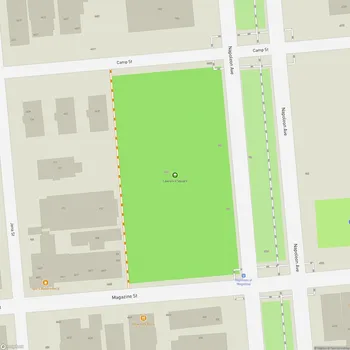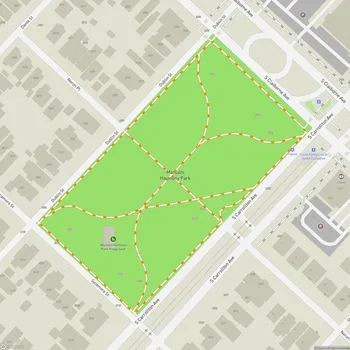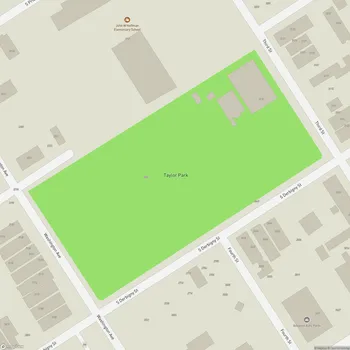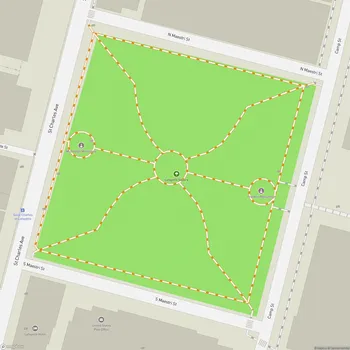Audubon Park
Audubon Park Map
About Audubon Park in New Orleans
Audubon Park is a 350-acre urban oasis located in the Uptown neighborhood of New Orleans, Louisiana. Originally a plantation in the 18th and early 19th centuries, the land was purchased by the city in 1871 and transformed into a public park. It was renamed Audubon Park in 1886 to honor naturalist John James Audubon, who had lived in New Orleans in the 1820s.
The park's design was influenced by the renowned Olmsted Brothers landscape architecture firm, with John Charles Olmsted creating a master plan in 1898. While not all of Olmsted's vision was implemented, the park still reflects much of his original design, including a system of lagoons and a central meadow. The landscape is dominated by majestic live oak trees, some of which are over 250 years old, creating picturesque allées throughout the park.
Audubon Park serves as a recreational hub for both locals and visitors. A 1.8-mile paved jogging path encircles the park, offering a scenic route for walkers, joggers, and cyclists. The park's lagoons not only add to its aesthetic appeal but also serve as habitats for various bird species, making it a popular spot for birdwatching. Ochsner Island, located in the park's lagoon, houses a significant rookery that attracts numerous wading birds each spring.
Throughout its history, Audubon Park has evolved to meet the changing needs of the community. It hosted the World's Industrial and Cotton Centennial Exposition in 1884-1885, and in the early 20th century, a zoo was established within the park. Today, Audubon Zoo continues to be a major attraction within the park grounds.
The park offers a blend of natural beauty and recreational facilities, providing a welcome respite from urban life. Its proximity to Tulane and Loyola universities adds to its vibrancy, with students and faculty often seen enjoying the park's amenities. From picnicking under the shade of ancient oaks to participating in sports activities, Audubon Park offers diverse experiences for all ages, making it a cherished green space in the heart of New Orleans.




